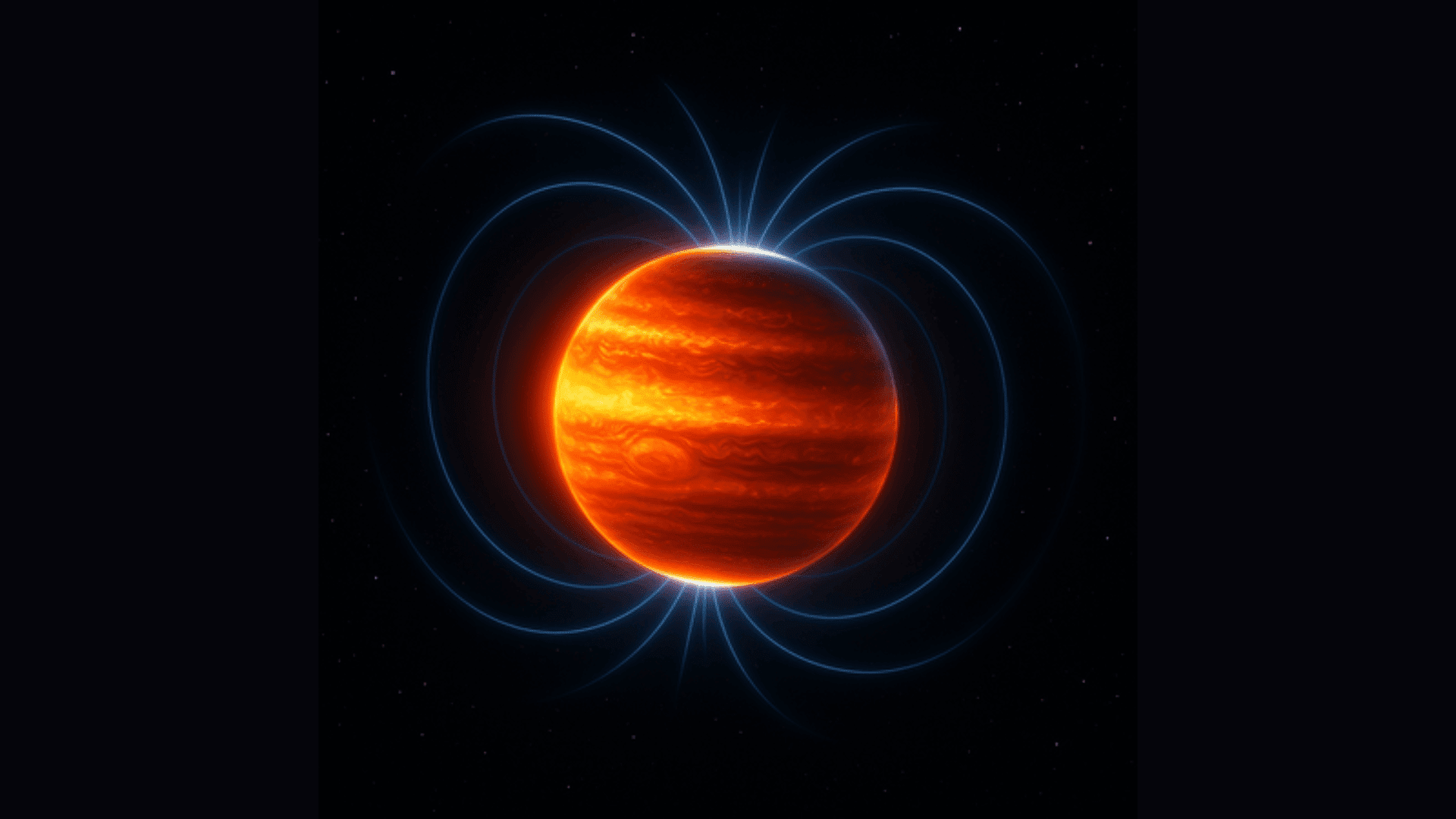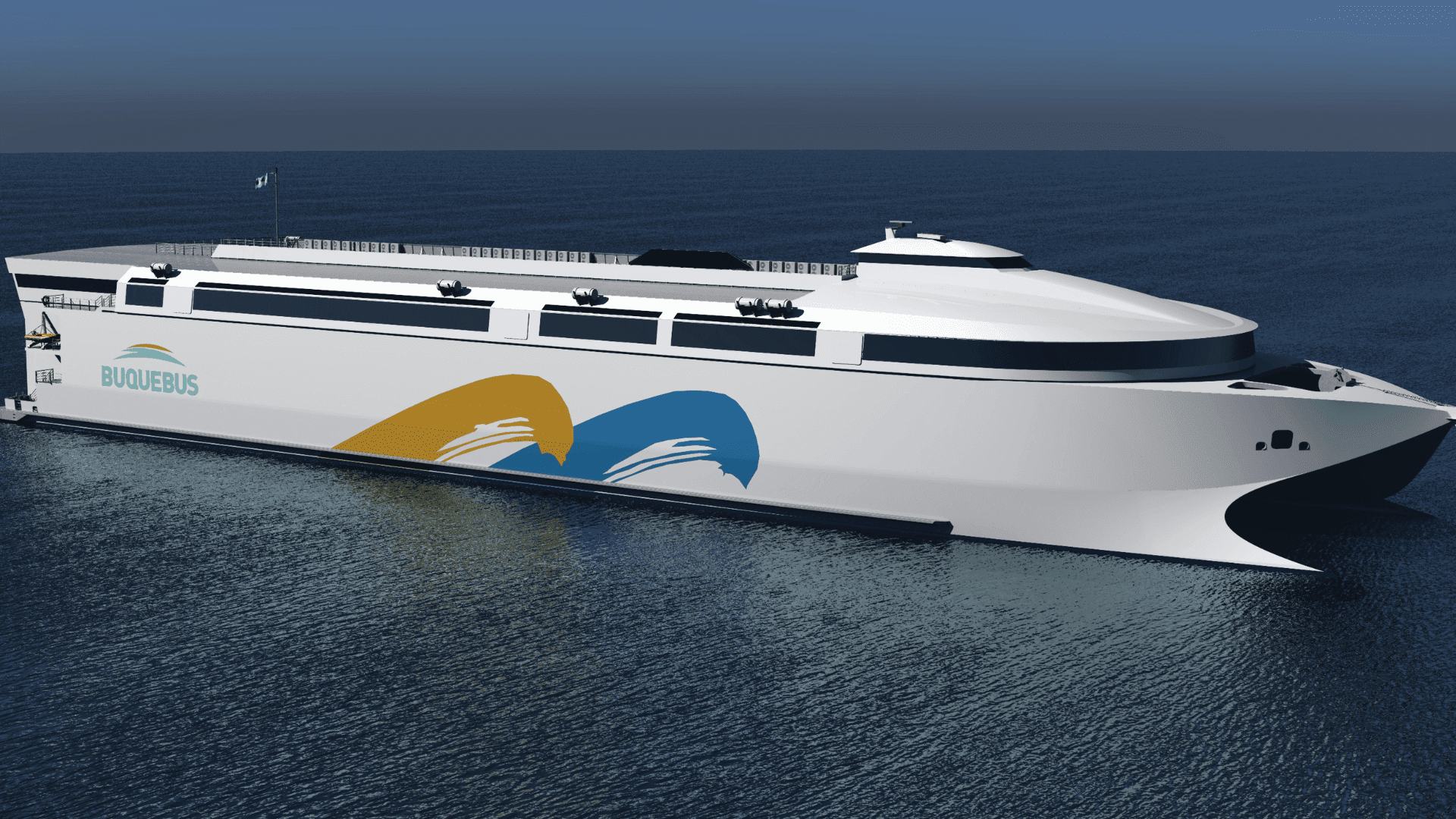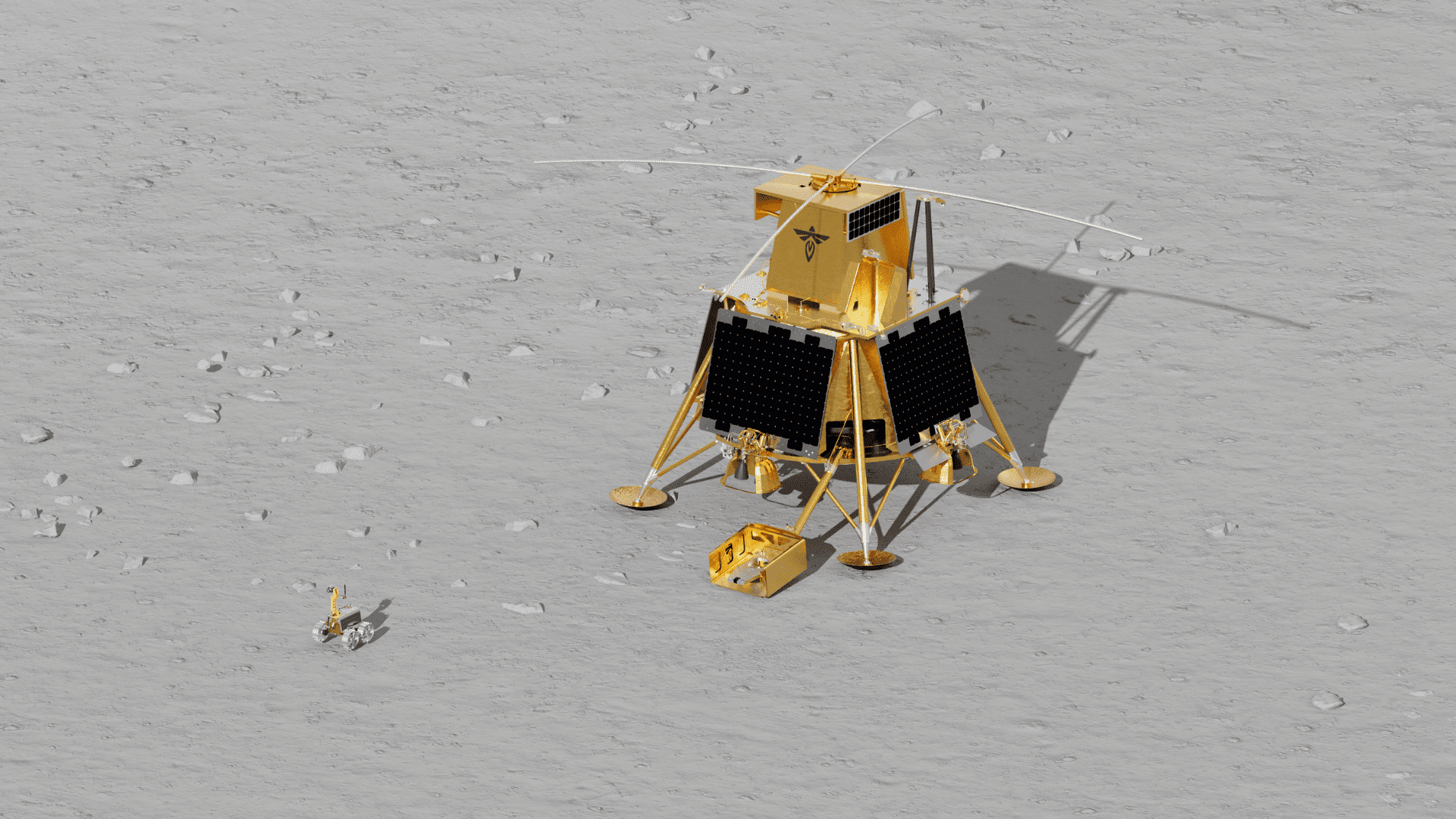A recent study shows that Jupiter may have been much larger than it is now. Researchers from Caltech and the University of Michigan revealed that roughly 3.8 million years after the solar system’s first solids formed, Jupiter was “significantly larger and had an even more powerful magnetic field.” This was a key moment when the protoplanetary nebula, a disk of gas and dust, was dissipating.
The research team includes Konstantin Batygin, a professor of planetary science at Caltech, and Fred Adams, a professor of physics and astronomy at the University of Michigan. Their findings provide a detailed look into Jupiter’s primordial state, or before the world became what it is today. Additionally, they explore how it all started.
“Our ultimate goal is to understand where we come from, and pinning down the early phases of planet formation is essential to solving the puzzle,” Batygin said in a statement. “This brings us closer to understanding how not only Jupiter but the entire solar system took shape.”
Uncovering Jupiter’s Massive Size

To examine Jupiter’s early days as a planet, the researchers analyzed the current, slightly tilted orbits of two of Jupiter’s moons, Amalthea and Thebe. These moons’ paths are similar to what they used to be. However, they have been pulled slightly over time because of the volcanic moon Io.
The researchers could estimate Jupiter’s size based on the differences between observed and expected changes from Io’s “nudges.”
When the solar nebula dissipated, it marked the end of planet formation. The scientists calculated that Jupiter’s size was between two and 2.5 times its current size to give Amalthea and Thebe their current orbits. Over time, the planet cools, slowly shrinking the giant planet. Using Jupiter’s radius, the researchers calculated that its magnetic field would have been “about 50 times stronger than its current value and 400 times stronger than Earth’s.”
“It’s astonishing that even after 4.5 billion years, enough clues remain to let us reconstruct Jupiter’s physical state at the dawn of its existence,” said Adams.
According to Caltech, Jupiter shrinks about 2 centimeters per year due to the planet cooling down, a process known as the Kelvin-Helmholtz mechanism. As the planet cools, the internal pressure drops, causing it to shrink steadily.







